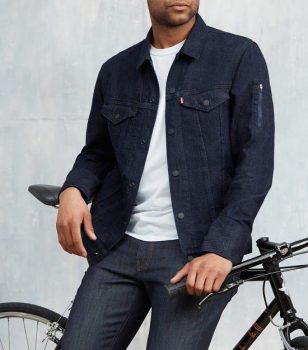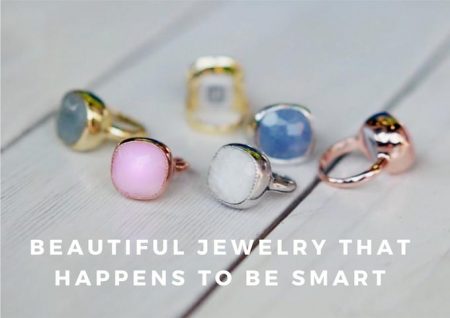There is a point where fashion and the arts meets business and the two collide head on with technology. This point is what I consider my sweet spot, talking about them makes my heart rate increase and my mind goes into overdrive. Being able to utilize technology in a way that optimizes our efforts when doing something as simple as wearing clothes every day is ground breaking. Add that to decreasing the impact an entire sector has on the environment, that is truly exciting. This is wearable technology.
What is a wearable anyway?
According to Techopedia.com, a wearable device is a type of technology that is worn on the human body. This type of device is small enough to wear and includes powerful sensor technologies that is often used for tracking a user’s vital signs or pieces of data related to health and fitness, location or even his/her biofeedback indicating emotions.
When you first think of wearables you may consider the Fitbit, or Apple watch— these fitness trackers became exceptionally popular in the past few years with dozens of different brands coming out with them.

Most of these trackers do similar things with different interfaces, track your daily activity— steps and workouts— your heart rate, sleep, and then sync with an app on your phone that summarizes all this information so that you can easily understand it.
There are bracelets and other jewellery that do much of the same. The most interesting I’ve found recently is the Blinq ring that allows you to filter out notifications that are distractions on your phone— it will block notifications that you haven’t pre-approved. It also has an S.O.S Emergency feature that is activated when you repeatedly tap the ring on a hard surface; once activated it will send a text to your emergency contact with your current location. This is a fantastic example of problems that wearables can help to solve, now and in the future.
 In terms of clothing, one notable and highly publicized wearable is the Google and Levi Jeans collaboration, Jacquard. Made available in September 2017, the two companies spent three years in research and development on this jacket that is made out of a fabric that has conductive yarns in it— to break that down, the technology is woven into the fabric itself. Designed specifically for bicyclers in city centres, this allows the jacket to let you tap on your forearm to answer calls, helps you to navigate without checking your phone screen and lets you control your music while cycling. Innovative? Yes. User-friendly? Still to be seen.
In terms of clothing, one notable and highly publicized wearable is the Google and Levi Jeans collaboration, Jacquard. Made available in September 2017, the two companies spent three years in research and development on this jacket that is made out of a fabric that has conductive yarns in it— to break that down, the technology is woven into the fabric itself. Designed specifically for bicyclers in city centres, this allows the jacket to let you tap on your forearm to answer calls, helps you to navigate without checking your phone screen and lets you control your music while cycling. Innovative? Yes. User-friendly? Still to be seen.
This is where wearables are now, but what does the future hold? In much the same way that Google and Levi reimagined a denim jacket at the fiber level, consider the applications that are now available. Designing and developing smart fabrics— that is fabrics that integrate conductive fibers directly into the weave of the textile itself, can really change the way we wear clothes and what our clothes do for us.
Smart fabrics open the door to clothing that helps athletes perform better by responding to your muscle movement, protective layers that can resist the blade of a knife and sustainably produced fibres that drastically reduce the impact apparel manufacturing has on our planet.
At a most primal level clothing is just meant to protect us from the elements. When you look at it from a psychological standpoint clothing often becomes an outlet for creativity and free speech. From a sociological point of view it becomes an unspoken language we use to tell the world who we are.
The fashion and apparel manufacturing industry happens to be the fifth biggest pollutant in the world according to Copenhagen Fashion Summit. They are also one of the most resource-intensive industries in the world, both in terms of natural resources and human resources. So strides being made by developers to create fabrics that not only help make life easier or add value to our daily lives are both exciting but more importantly vital to the growth and modernization of one of the oldest industries in the world.
Being able to use technology to decrease waste, and increase the functionality of the things we wear on a daily basis is the real future of wearables.
It was extremely difficult for me curb my enthusiasm to write 700 words. Where do you think fashion and technology together are headed? How can we apply these concepts and materials in a country like Guyana where early adoption is very low? Let’s move this conversation over to buildingbrooke.com, I am dying to hear from you.









